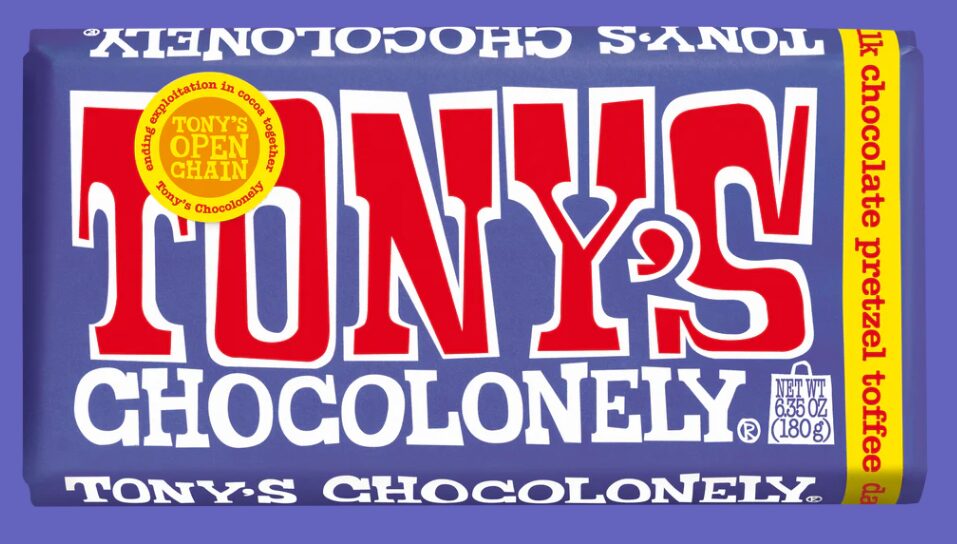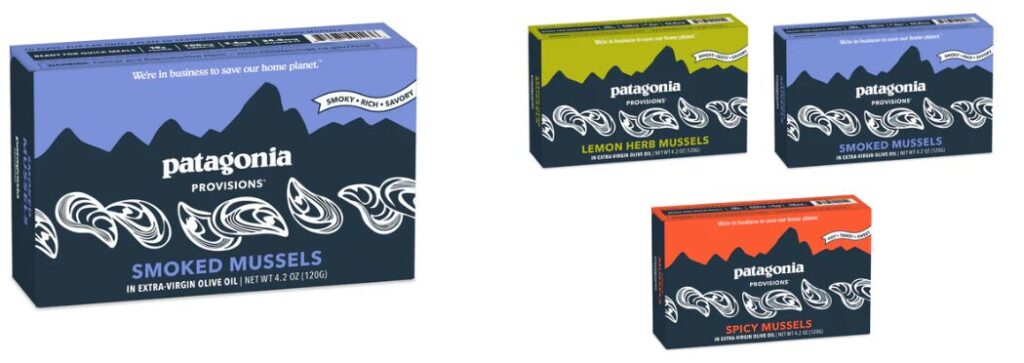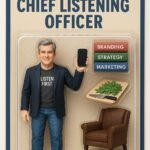Consumers are increasingly drawn to brands that offer great products and stand for something greater. These mission-driven brands have found the sweet spot between purpose and profit, creating a loyal customer base that believes in their cause as much as their offerings.
But how do they do it? What is the secret sauce that helps these brands succeed?
The Rise of the Conscious Consumer
There is a shift in consumer behavior that has paved the way for mission-driven brands, especially among the young.
As Seth Godin often points out, we’ve moved from a world of scarcity to one of abundance. In this new landscape, consumers are no longer satisfied with merely functional products; they’re looking for brands that align with their values and contribute to the greater good.
This shift has created an opportunity for companies to differentiate themselves through product features and purpose.
As Scott Galloway notes in his book “The Four,” the most successful companies of our time have managed to become “more than just purveyors of goods and services. They’ve become movements, causes, and communities.”
“People do not buy goods and services. They buy relations, stories, and magic.” Seth Godin
The Triple Threat: Purpose, Product, and Profit
Successful mission-driven brands have mastered what I call the “Triple Threat” approach:
1. A compelling purpose that resonates with consumers
2. Exceptional products that solve real problems
3. A distinctive brand identity that sets them apart
Here are three food brands that have successfully implemented this strategy:
1. Tony’s Chocolonely: Sweet Justice
Tony’s Chocolonely is the poster child for mission-driven branding in the food industry. Their purpose is crystal clear: to make chocolate 100% slave-free, not just their own, but all chocolate worldwide. This audacious goal immediately sets them apart in a crowded market.

But Tony’s doesn’t rest on its ethical laurels. Its chocolate bars are delicious, innovative, and visually striking. The unequally divided segments of its bars serve as a tangible reminder of the inequality in the chocolate industry, making its mission an integral part of the product experience.
Their distinctive packaging—bright colors, bold typography, and playful designs—instantly makes them recognizable on store shelves. This visual identity and mission have turned their customers into advocates, spreading the word about slave-free chocolate.
2. Barnana: Upcycling for Good
Barnana’s mission addresses two problems: reducing food waste and supporting organic farmers. They create delicious snacks from “imperfect” bananas that would otherwise be discarded, sourcing from small farms in Latin America.

Their products solve a real consumer problem—the need for healthy, convenient snacks—while addressing larger issues of sustainability and fair trade. The brand’s playful monkey logo and bright packaging make it stand out on shelves, while its story of “upcycled” bananas provides a unique talking point that resonates with eco-conscious consumers.
3. Patagonia Provisions: Eating to Save the Planet
While Patagonia is best known for outdoor clothing, their venture into the food industry with Patagonia Provisions is a masterclass in mission-driven branding. Their purpose? To rethink our food chain and promote regenerative organic agriculture.

Patagonia Provisions offers a range of organic, sustainably sourced foods, from salmon to beer. Each product tastes great and tells a story of environmental stewardship. For instance, their Long Root Ale is made with Kernza, a perennial grain that helps combat soil erosion and sequesters carbon.
The brand leverages Patagonia’s existing reputation for environmental activism, extending it into the food space. Their packaging and marketing materials educate consumers about the environmental impact of food choices, turning each purchase into an act of environmental advocacy.
The Secret Sauce: Six Lessons from Mission-Driven Brands
So, what can we learn from these success stories? Here are the essential ingredients in the secret sauce of mission-driven branding:
1. Authenticity is Non-Negotiable: As Seth Godin often emphasizes, modern consumers have finely tuned “BS detectors.” Your mission must be genuine, deeply ingrained in your company culture, and reflected in every aspect of your operations. Tony’s Chocolonely doesn’t just talk about slave-free chocolate; they actively work to change industry practices.
2. Product Excellence is Paramount: Scott Galloway frequently points out that “woke” marketing isn’t enough; you must “out-innovate, out-execute, and out-distribute” your competitors. Patagonia Provisions doesn’t rely on its environmental message; it creates genuinely delicious and innovative products.
3. Make Your Mission Tangible: Find ways to make your mission integral to the product experience. Barnana’s upcycled snacks are a physical manifestation of their waste-reduction mission, making their purpose tangible with every bite.
4. Educate and Engage: Don’t just sell a product; create a movement. You can use your platform to educate consumers about the issues you’re addressing. Patagonia Provisions doesn’t just sell food; they provide a wealth of information about sustainable agriculture.
5. Be Distinctive: Standing out is crucial in a world of abundant choices. Develop a unique visual identity and brand voice that reflects your mission and resonates with your target audience. Tony’s Chocolonely’s colorful, unequally divided chocolate bars are instantly recognizable and meaningful.
6. Leverage Storytelling: Seth Godin often says, “Marketing is no longer about the stuff you make, but about the stories you tell.” Each brand has a compelling narrative beyond the product, creating emotional connections with consumers.
The Bottom Line: Purpose Drives Profit
The success of these mission-driven brands proves that purpose and profit are not mutually exclusive. In fact, in today’s market, they’re increasingly intertwined. By aligning your brand with a meaningful mission, creating exceptional products, and developing a distinctive identity, you can make a loyal customer base that sees purchasing your products as a way to vote with their dollars for the change they want to see in the world.
As Scott Galloway might say, the most valuable real estate in the attention economy is not a Times Square billboard but a place in the consumer’s heart and mind. Mission-driven branding, when done right, secures that coveted spot.
Key Takeaways
1. Authenticity is Everything: Your mission must be genuine, deeply ingrained in your company culture, and reflected in every aspect of your operations.
2. Excellence is Non-Negotiable: A great mission can’t compensate for a subpar product. Strive to create offerings that are best-in-class, regardless of your purpose-driven angle.
3. Make It Tangible: Find innovative ways to make your mission an integral part of the product experience, turning every customer interaction into a reinforcement of your brand’s purpose.
By mastering the art of mission-driven branding, you can create that magic, building a brand that succeeds in the marketplace and makes a genuine difference in the world.
Successful mission-driven brands live the brand, everyday.
Photos courtesy of Tony’s Chocolonely, Barnanas and Patagonia Provisions
Connect with Jeff at The Marketing Sage Consultancy. Interested in setting up a call with me? Use my calendly to schedule a time to talk. The call is free, and we can discuss your brand and marketing needs. If you want to learn more about my new offering, The Trusted Advisor Board, you can click here to learn the details. Feel free to email me at jeffslater@themarketing sage.com or text 919 720 0995. Thanks for your interest in working with The Marketing Sage Consultancy.





